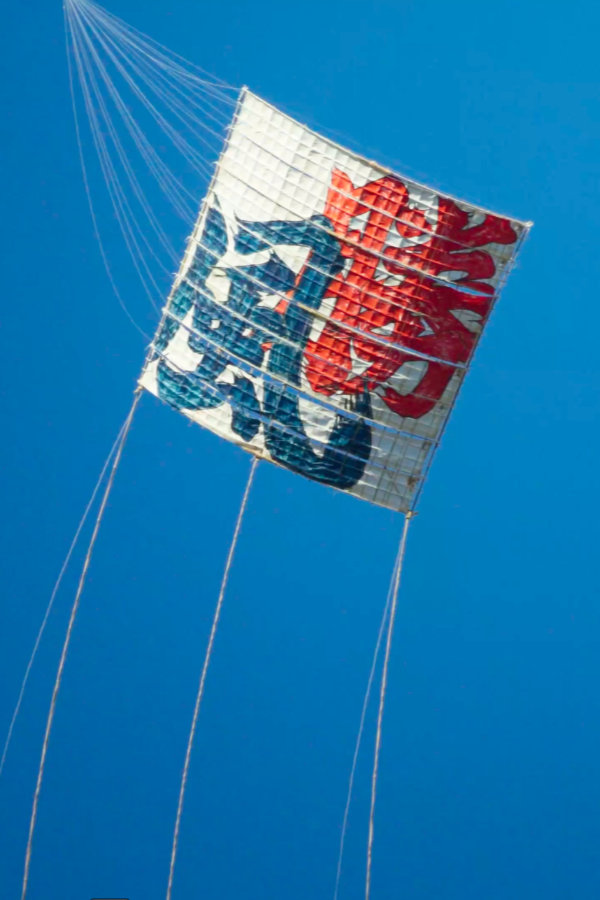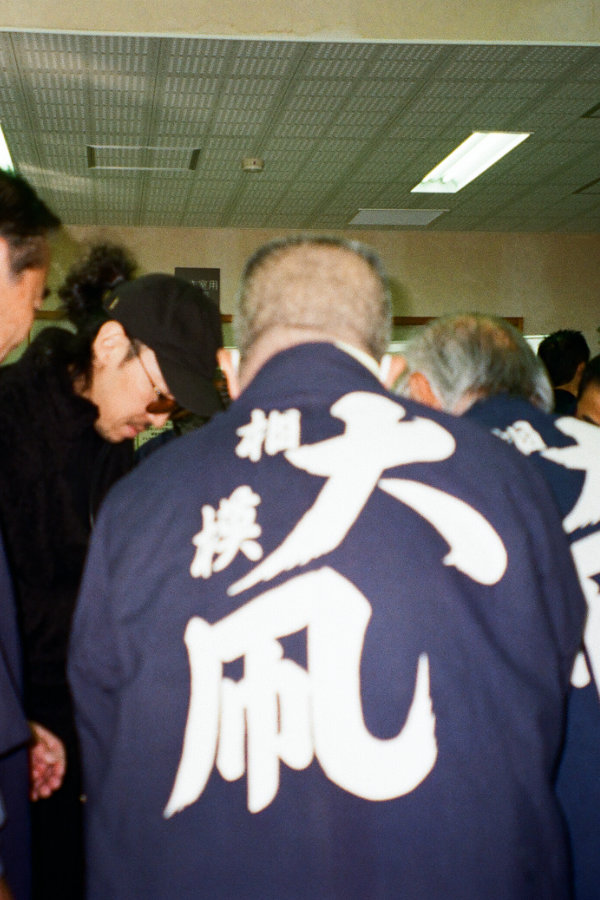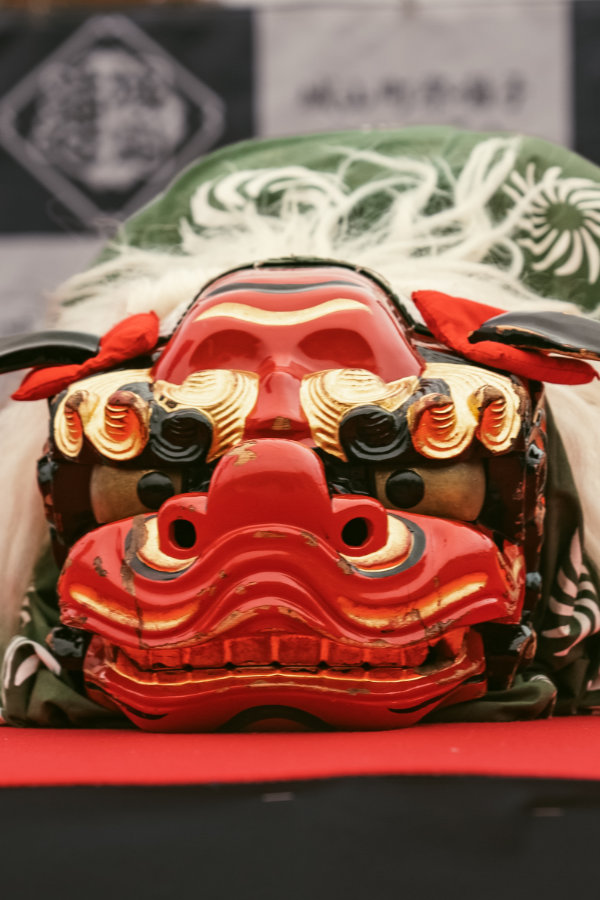

What kind of place is Sagamihara?
Sagamihara is located just one hour from Tokyo and is known for its unique blend of commercial and natural attractions. Aside from its shopping centers and other commercial facilities, the city is home to a JAXA campus, which gives it the reputation of being a “space town.” It also has abundant nature—about two-thirds of the city is covered in mountains and forests, while local lakes and rivers such as Lake Sagami and Lake Tsukui supply water to Kanagawa Prefecture.
Many major traditional events are held throughout the year, such as the Sagami Giant Kite Festival in the spring, Shiroyama Summer Festival in the summer, and Koshu-Kaido Road Obarajuku Honjin Festival in the fall. Here are some plans that make it easy to experience Sagamihara's traditional performing arts and culture!

PLAN 01
Make and fly a giant kite:
Learn from kite artisans who create the largest kites in
Japan, a tradition from around 1830

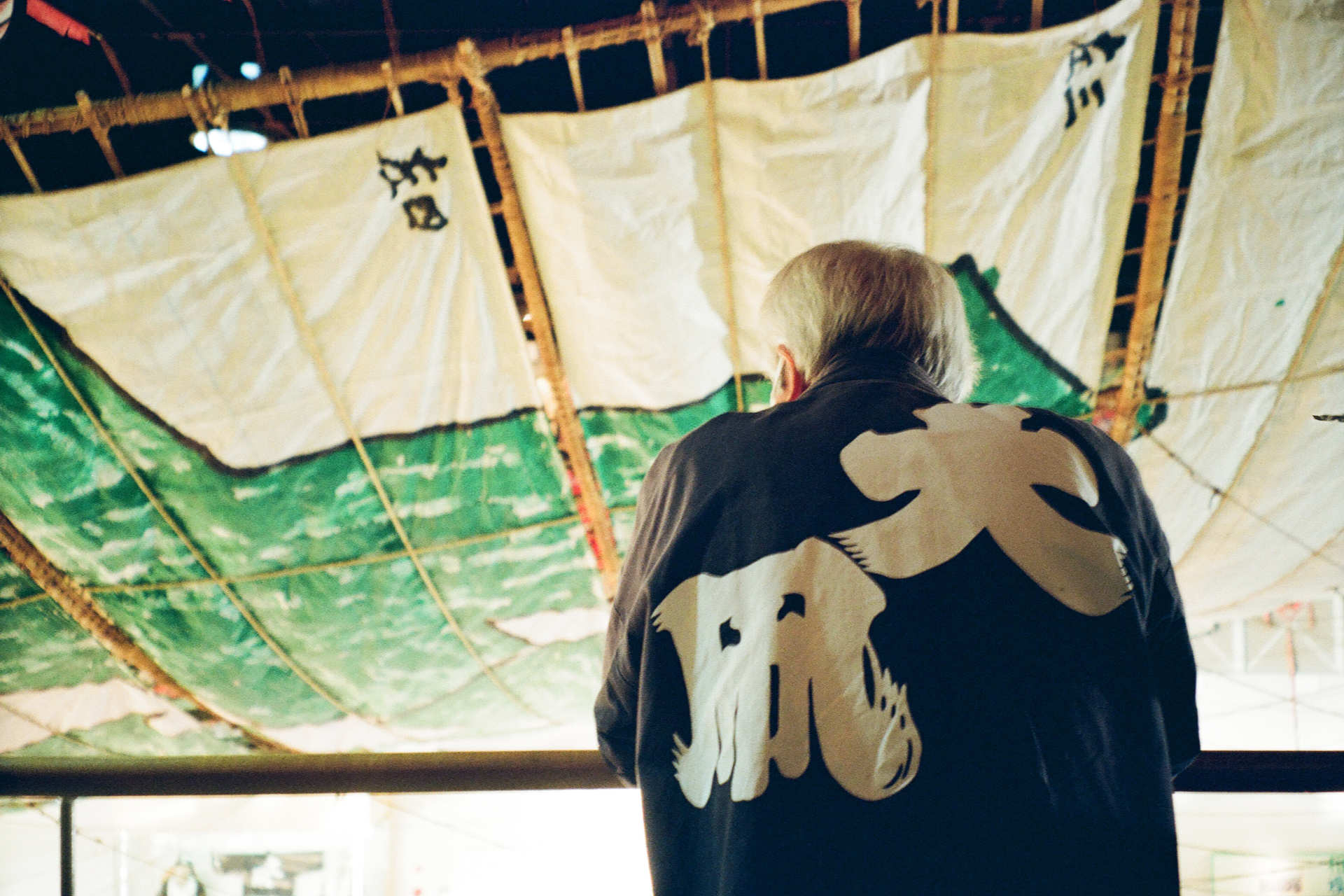
The Giant Kites of Sagami are a longstanding tradition in Sagamihara that dates back to the 1830s. Today, it
is listed as an Intangible Cultural Property of Japan, one of the 50 best festivals in Kanagawa, and an
Intangible Cultural Property of Sagamihara. This is a rare opportunity to learn about and be involved in the
process of making and flying a giant kite (the kite in the workshop is a sangen kite, measuring in at about
5.4 meters long) with kite artisans from the Sagami Giant Kite Preservation Association who carry on the
tradition and techniques of making and flying giant kites.
*Held only in November and early December (timing subject to change); there must be at least 20
participants.
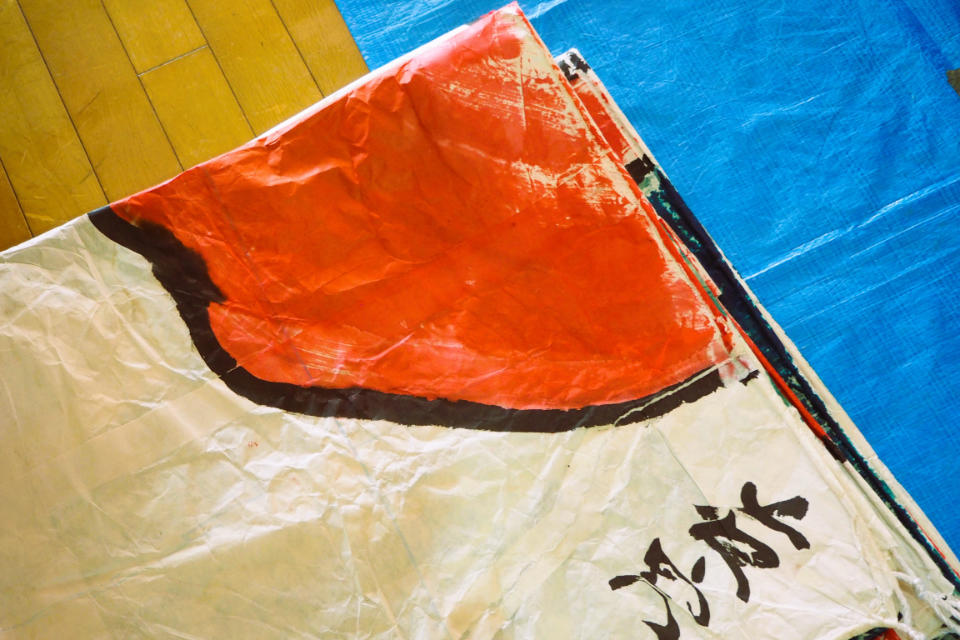
Making a sangen kite
(attaching paper to the frame)
Several pieces of Japanese paper are attached to the frame to make one large rectangle. This is the “face” of the kite, an important part of the kite that displays its title. Participants work carefully with handmade Japanese paper, which is made using traditional methods from long ago!
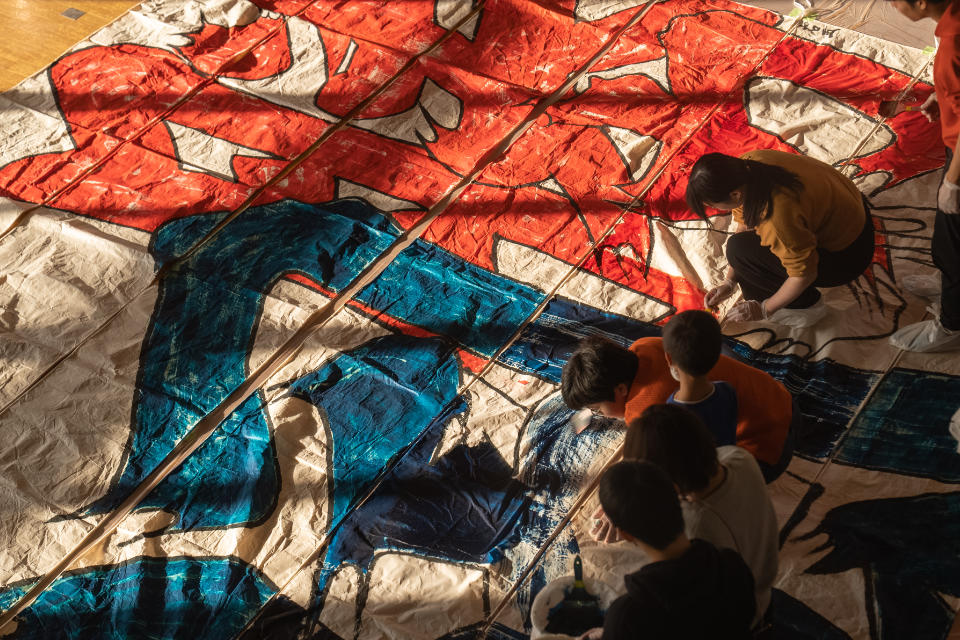
Making a sangen kite
(writing the title)
The Giant Kites of Sagami display “titles” consisting of two Chinese characters boldly painted in red and green. These two colors symbolize the sun (red) and earth (green). Coloring the part where the two characters overlap is difficult, so participants check the drawing as they paint.
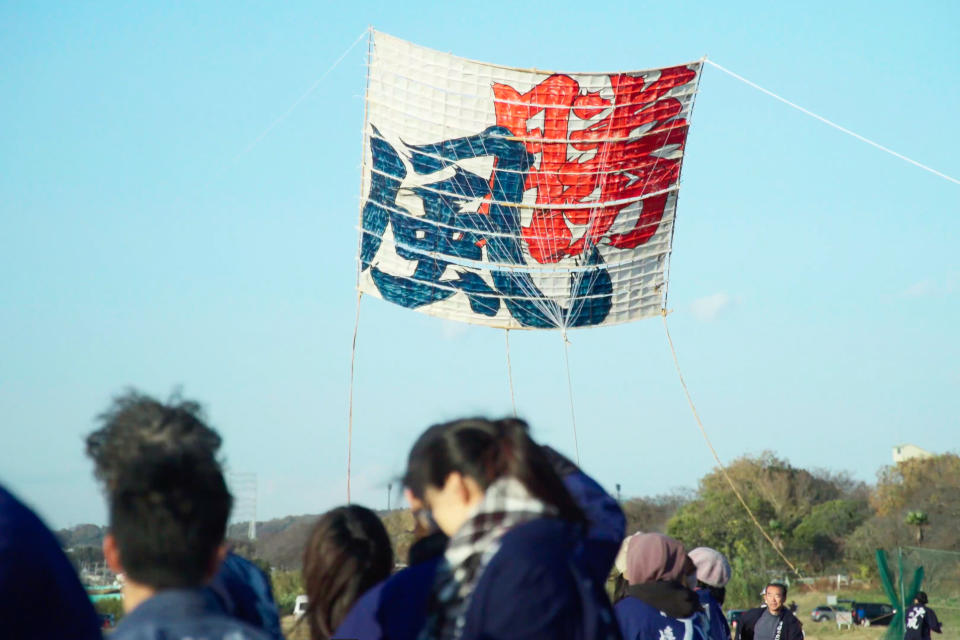
Flying
the giant kite
It is important to assess factors such as the weather, wind direction, and wind strength. Simply getting the kite up into the air is not enough—if the bamboo frame breaks, it may take a long time to repair the kite. Seeing the kite everyone worked hard to make soar in the sky is very moving.
PLAN 02
Experience painting on Japanese paper!
Make and fly your own mini
kite

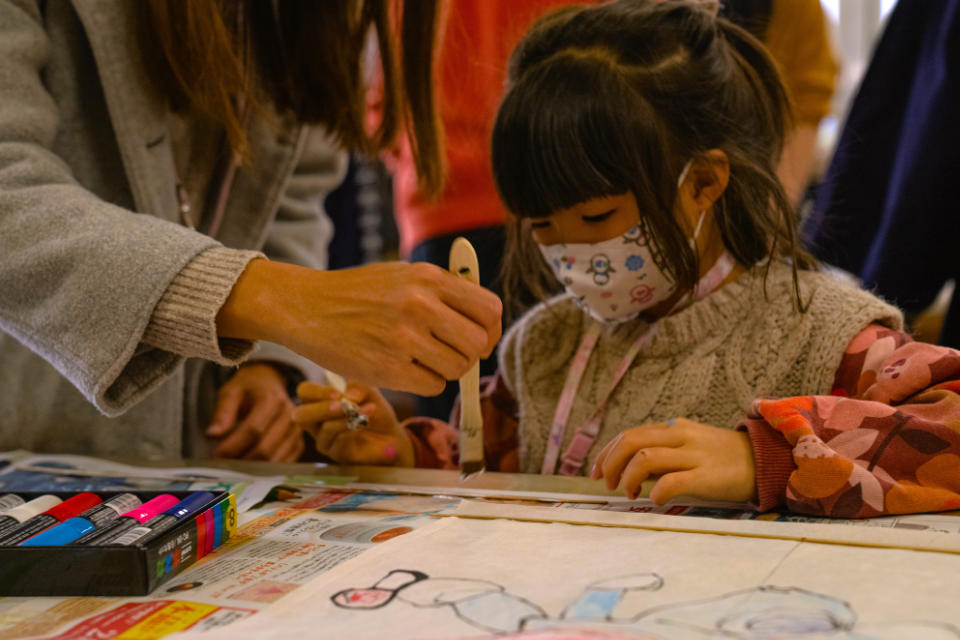
In this workshop, you will make a mini kite (45 square centimeters) and paint it with your own illustrations and words. You will be able to take your mini kite home and fly it! Suitable for elementary school-age children and older participants (preschool-age children can participate with a guardian)
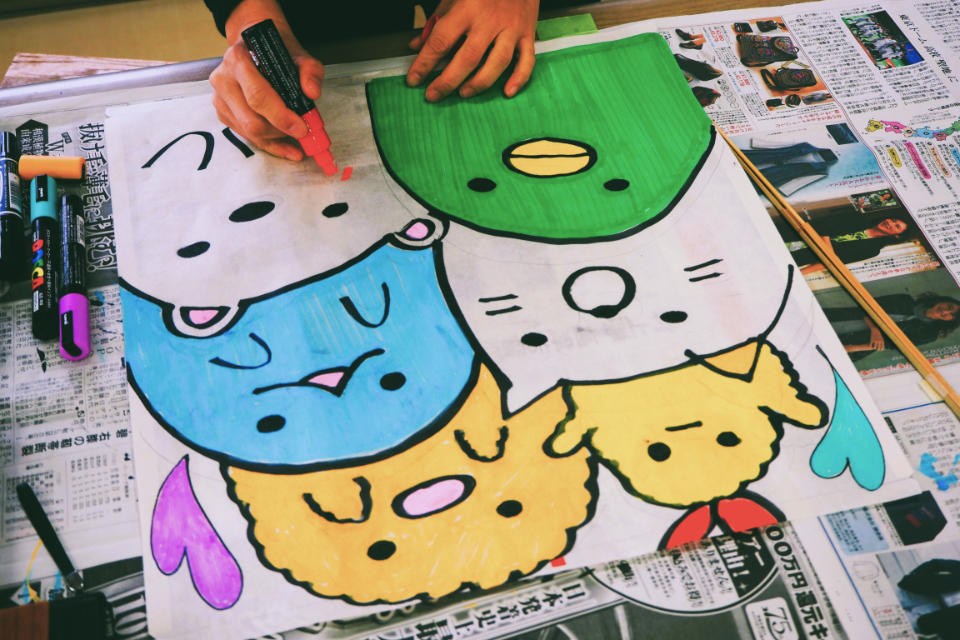
Painting on Japanese paper
Participants decorate Japanese paper with tons of their favorite illustrations and words. Create a beautiful work of art!
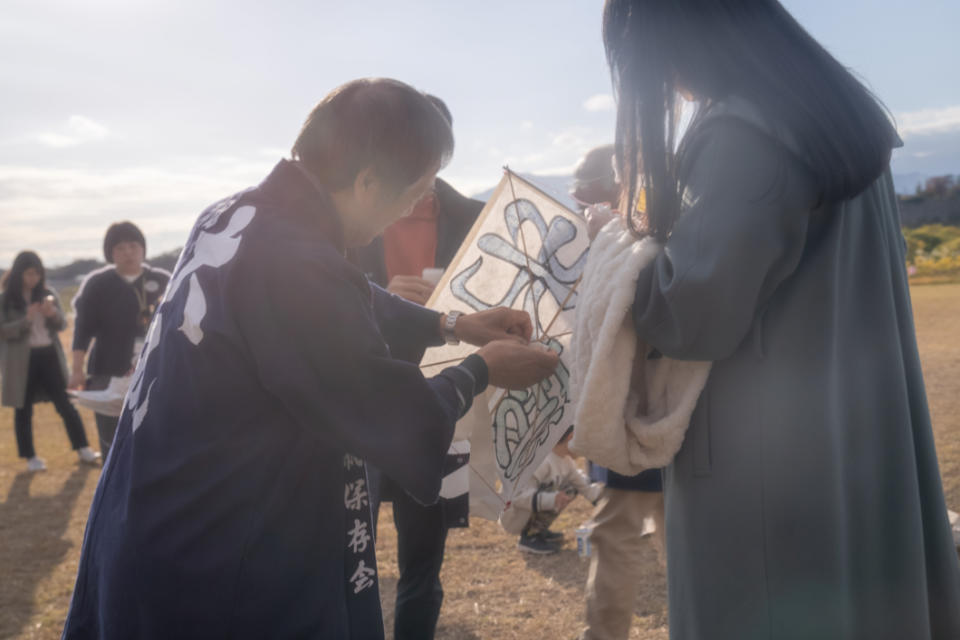
Preparing to fly the mini kite
Pasting the decorated Japanese paper to the frame and attaching the rope is surprisingly delicate work!

Flying the mini kite
After learning how to fly the kites from members of the Sagami Giant Kite Preservation Association, it's go time! Needless to say, seeing your own kite flying high in the sky is thrilling!
PLAN 03
Go on a guided tour of Sagami's history and culture,
with a focus on the Giant Kites of
Sagami (Intangible Folk Cultural Property) and sake manju, a local specialty


This is a guided tour to learn about the history and culture of Sagamihara, including the Giant Kites of Sagami that are said to be the largest in Japan and sake manju, a treat that was always served at local festivals and gatherings.

Giant Kites
of Sagami
At the Sagami no Odako (Giant Kite) Center, you can learn about how giant kites are made and how they fly in the sky, and watch videos of actual giant kites in the air
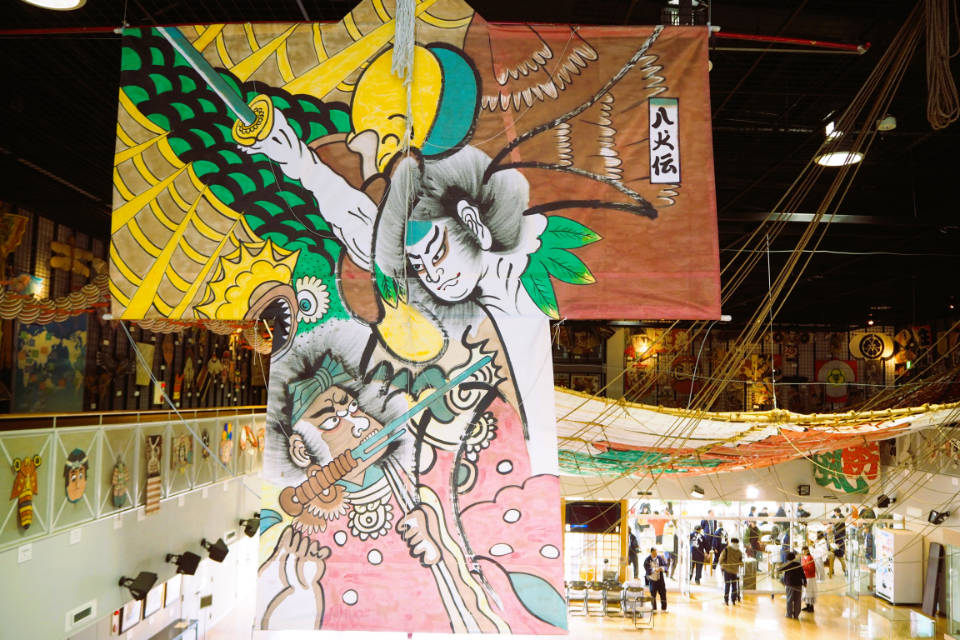
Kite culture across Japan
and around the world
Learn about kite culture by viewing an exhibition of about 200 kites, not only from Sagamihara but also various places across Japan and the globe.

Sake
manju
Sake manju is one of Sagamihara's most iconic foods. It was once a household staple and is now served at festivals and celebrations.
PLAN 04
Experience Shiroyama no Ohayashi,
a local traditional performing art

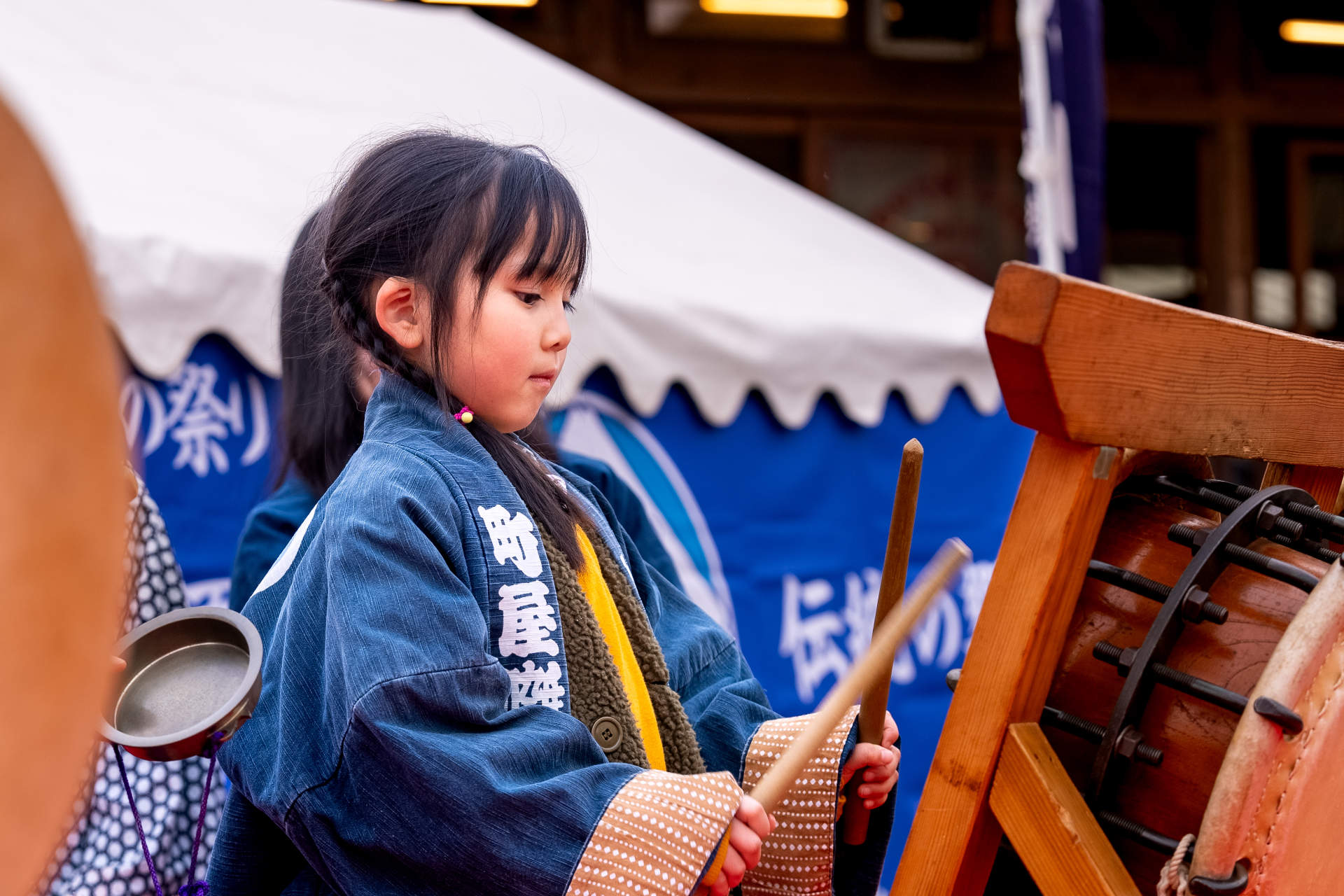
“Ohayashi,” a traditional performing art that has been passed down in Sagamihara, can be enjoyed by men and women of all ages. After watching the performance, you can try playing the instruments together with the performers.

Shiroyama Festival Hayashi Liaison Council
Shiroyama no Ohayashi traces its roots to Kanda-Bayashi, a kind of traditional festival music from the
Kanda area. The entire community comes together to pass this musical tradition down to the next generation.
Before the activity, enjoy an impressive performance by the Shiroyama-cho Matsuribayashi Renraku Kyogikai's
musical ensemble.
*The Ohayashi ensemble is subject to change.
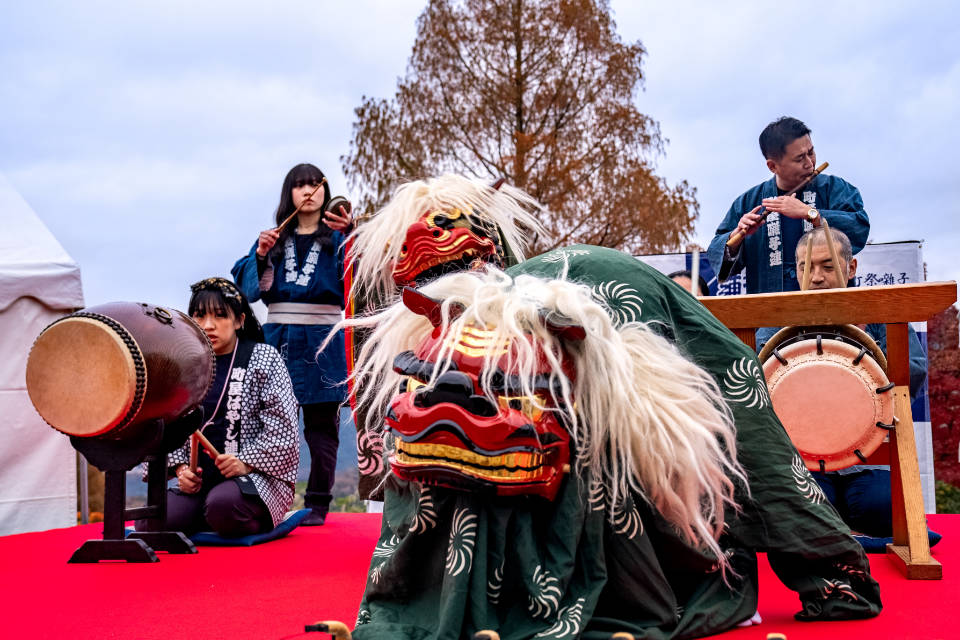
View of
the performance
The music is performed by five musicians on two tsuke-daiko (small drums), an odo (large drum), a kane (dish-shaped bell), and a fue (bamboo flute), while lions and Hyottoko (a comical character) actors dance to the beat.
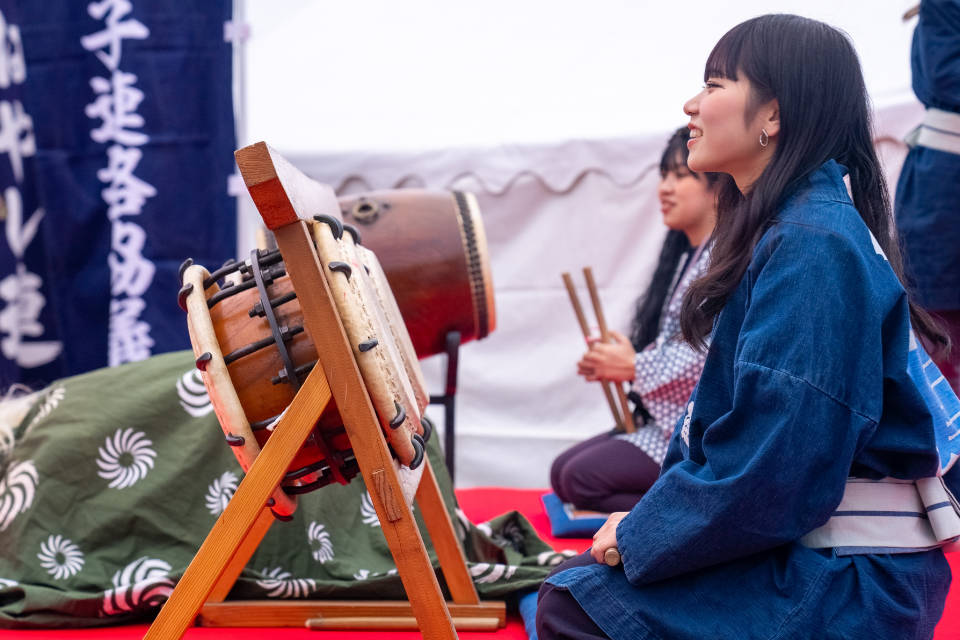
Hayashi-daiko
(Japanese drum)
The drum parts of ohayashi do not have musical scores and are essentially passed down orally. The secret to playing the drums well is to imagine that your arms are whips and to strike without using too much force!
PLAN 05
Reviving a rare local dish:
Attend a kankoyaki-making class


Kankoyaki is a local dish that has been passed down in the Tsukui district of Sagamihara since the Edo period (1603-1867). This plan lets you experience making kankoyaki, a type of stuffed flour dumpling that briefly vanished due to a lack of people making them.

Origin of kankoyaki
In the Tsukui area, which is mountainous and unsuitable for cultivating rice, people grew wheat and soybeans, and a custom of consuming flour instead of rice took root.

Types of paste filling
Local seasonal ingredients such as wild vegetables, azuki beans, kabocha squash, mushrooms, and Japanese pickles are used in the filling.
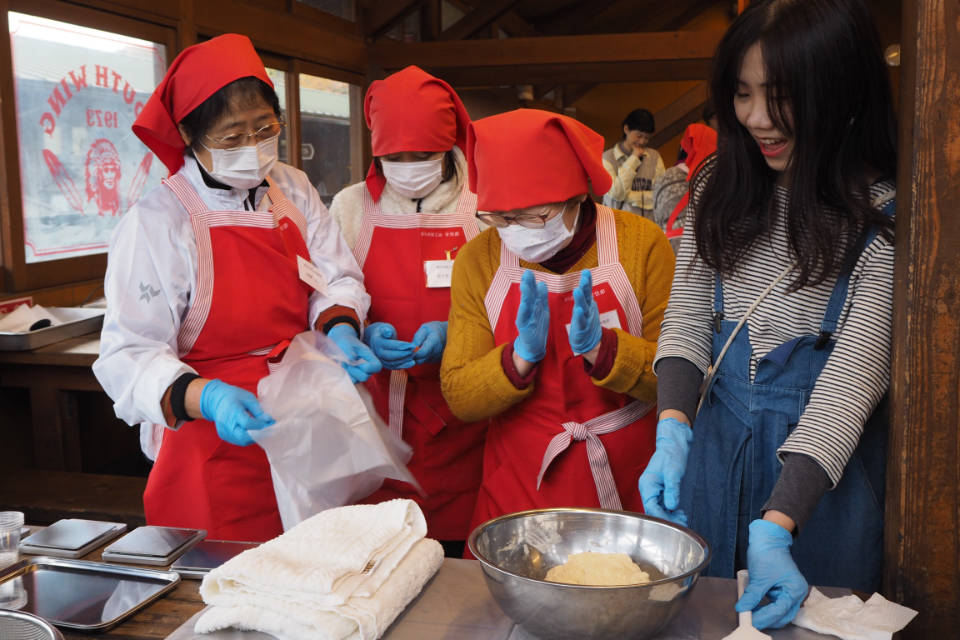
The class in session
The process itself is simple: fillings made from lavish amounts of seasonal, natural ingredients are wrapped in flour wrappers, grilled, and then steamed!
